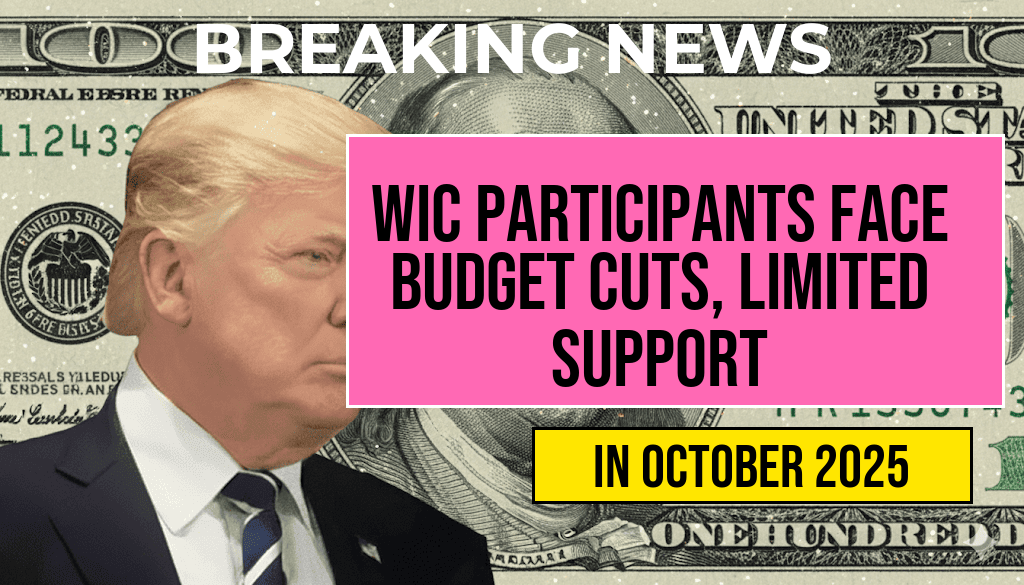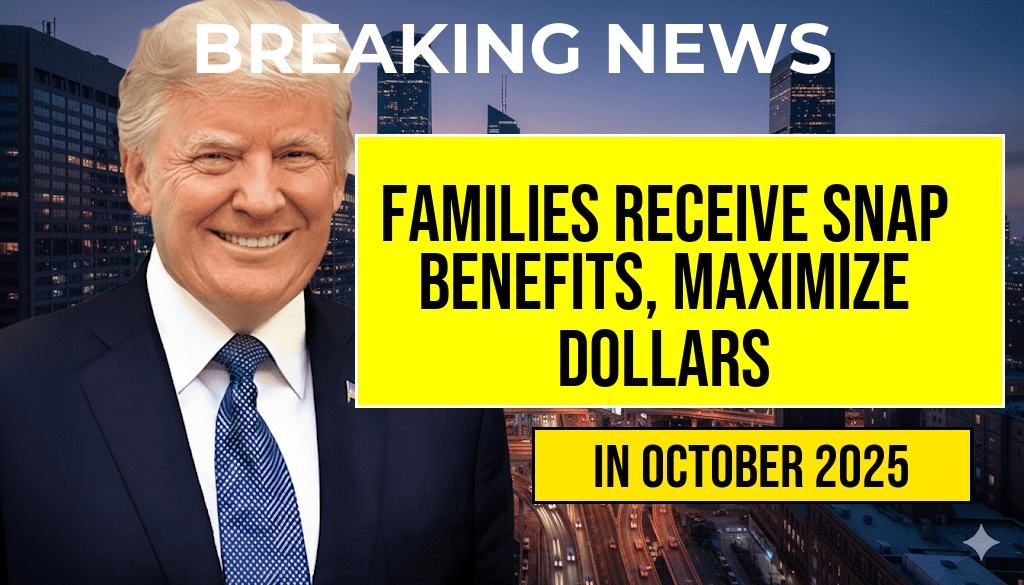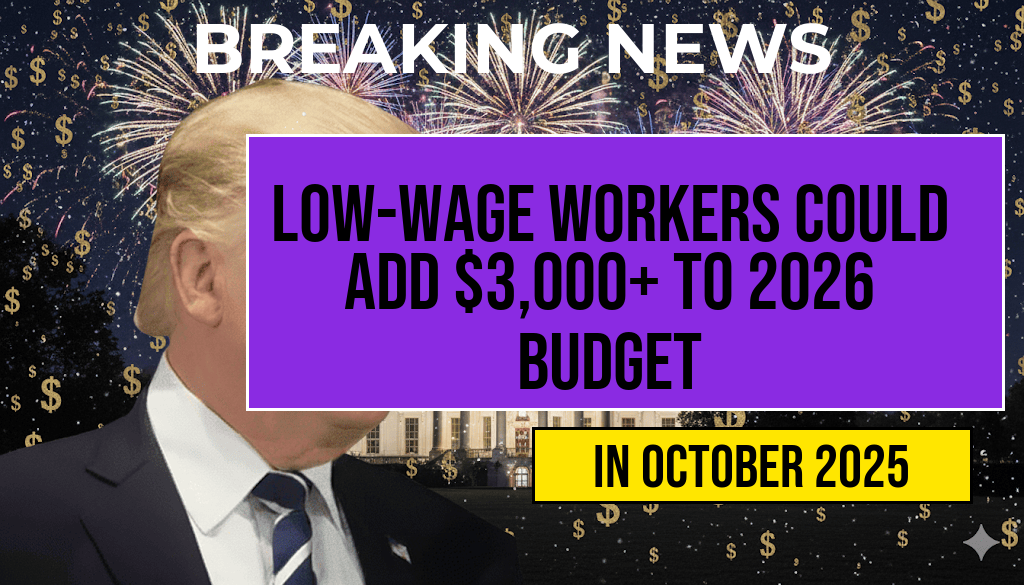In a move that has stirred bipartisan debate, President Donald Trump has signed a $3.4 trillion spending package, dubbed the “Mega-Bill,” which significantly increases the federal debt by approximately $4 trillion. The legislation, designed to fund various government agencies and initiatives, notably guarantees that tips remain untaxed, a provision aimed at protecting service industry workers. While supporters argue the bill supports critical infrastructure and economic recovery efforts, critics warn that the surge in borrowing could exacerbate long-term fiscal challenges. The legislation’s passage marks a pivotal moment in recent U.S. fiscal policy, balancing immediate priorities against mounting national debt and ongoing debates over taxation and government spending.
Details of the $3.4 Trillion Spending Package
The legislation consolidates multiple budget priorities, including investments in infrastructure, healthcare, education, and national security. The bill allocates funds across various sectors:
| Sector | Funding Amount |
|---|---|
| Infrastructure and Transportation | $1.2 trillion |
| Healthcare and Public Health | $700 billion |
| Education | $350 billion |
| National Security and Defense | $850 billion |
| Other Programs and Contingencies | $300 billion |
Impacts on Federal Debt and Fiscal Policy
The legislation’s passage will push the national debt to new heights, with projections indicating an increase of around $4 trillion over the coming years. This surge raises concerns among fiscal conservatives and economists about the sustainability of current borrowing levels. According to the Congressional Budget Office (CBO), the bill’s funding mechanisms rely heavily on increased debt issuance, with little immediate offset through revenue gains.
Some lawmakers argue that the increased debt is justified by the urgent need for infrastructure renewal and economic stimulus, especially in the wake of recent disruptions caused by the COVID-19 pandemic. Conversely, critics warn that ballooning debt could hinder future economic stability, increase borrowing costs, and limit policy flexibility.
Taxation and Worker Protections
A notable aspect of the legislation is the explicit guarantee that tips remain untaxed. This provision aims to safeguard the income of millions of service workers, including waitstaff and bartenders, who often rely heavily on tips as a significant portion of their earnings. The measure was included amidst ongoing debates about the fairness of tip taxation and efforts to bolster wages in the hospitality industry.
Supporters of the tip protection argue it ensures that workers retain their full income, especially as the industry recovers from pandemic-related downturns. Critics, however, contend that the exemption could complicate tax enforcement and potentially create loopholes for tax avoidance. Nonetheless, the provision reflects a broader trend of legislative efforts to protect low-wage workers from tax burdens.
Political Reactions and Public Response
Supporters’ Perspective
- Many legislators from both parties emphasize the bill’s role in fostering economic growth and infrastructure modernization.
- The inclusion of tip protections is viewed as a win for service workers, who have faced economic hardships recently.
- Some analysts believe the increased federal investment could catalyze job creation and improve public services.
Opponents’ Concerns
- Fiscal conservatives criticize the bill for increasing the national debt to levels they deem unsustainable.
- Opponents warn that reliance on borrowing could lead to higher interest rates and reduced fiscal flexibility.
- There are questions about whether the spending priorities align with long-term economic stability.
Broader Economic Context
The signing of this comprehensive bill comes amid ongoing debates around federal spending, debt management, and taxation policies. The Biden administration previously proposed several measures aimed at increasing revenue through tax reforms targeting higher-income earners, but those efforts faced stiff opposition in Congress.
Meanwhile, economic indicators suggest a fragile recovery, with unemployment rates decreasing but wage growth remaining sluggish in sectors heavily reliant on tips. Policymakers are now tasked with balancing immediate economic needs against the potential long-term implications of increased borrowing.
For more details on the legislative process and fiscal policy impacts, readers can consult resources like the Federal Budget Wikipedia page and recent analyses from Forbes.
Frequently Asked Questions
What is the main purpose of the $3.4 trillion mega-bill signed by Trump?
The bill aims to fund various government initiatives, including infrastructure projects, social programs, and defense spending, while addressing economic priorities set by the administration.
How does the bill impact the national debt?
The bill adds approximately $4 trillion to the national debt, raising concerns among critics about long-term fiscal sustainability and increased borrowing.
Are tips protected from taxation under this bill?
Yes, the bill explicitly guarantees that tips will not be taxed, ensuring that workers who receive tips retain their earnings without additional tax burdens.
What are the key financial implications of this legislation?
The legislation results in significant government spending and debt accumulation, potentially impacting future tax policies and economic growth.
How might this bill affect taxpayers and workers?
While taxes on tips are protected, the overall increase in debt may lead to future tax hikes or spending cuts, which could impact taxpayers and workers in the long term.






